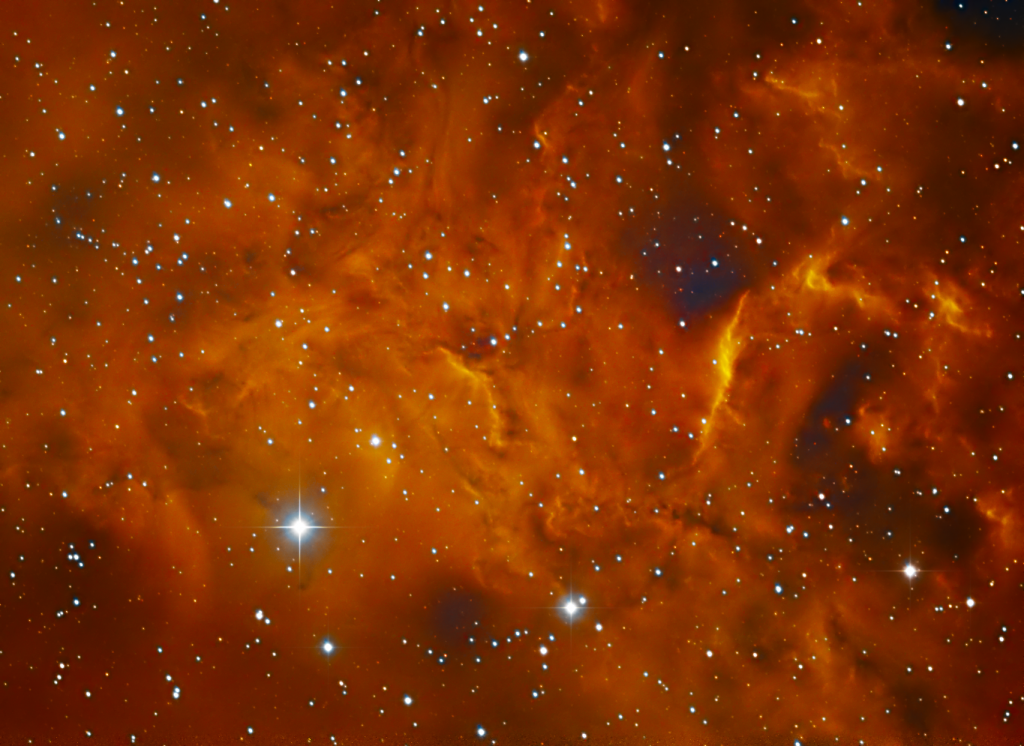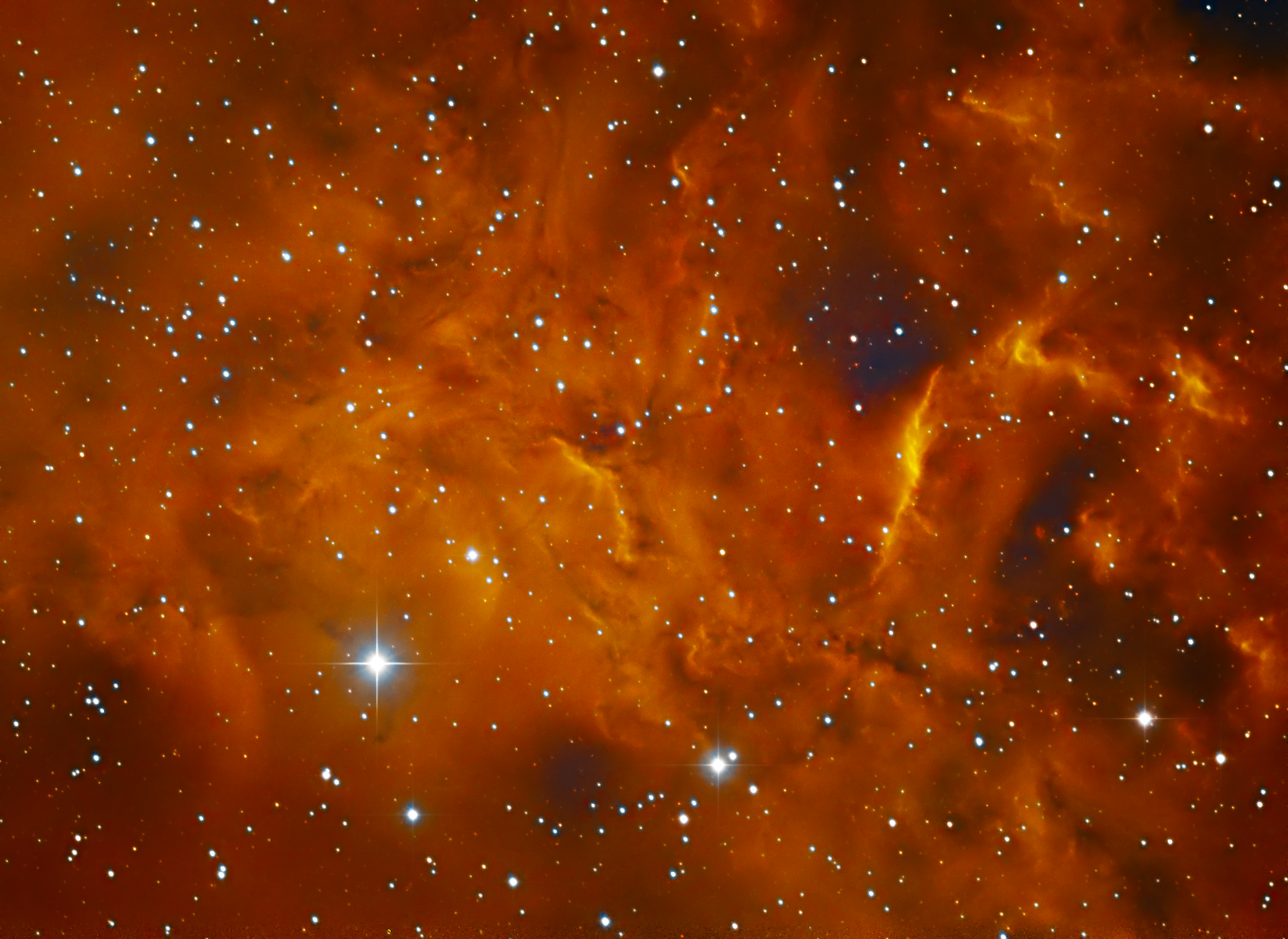
Similar Posts
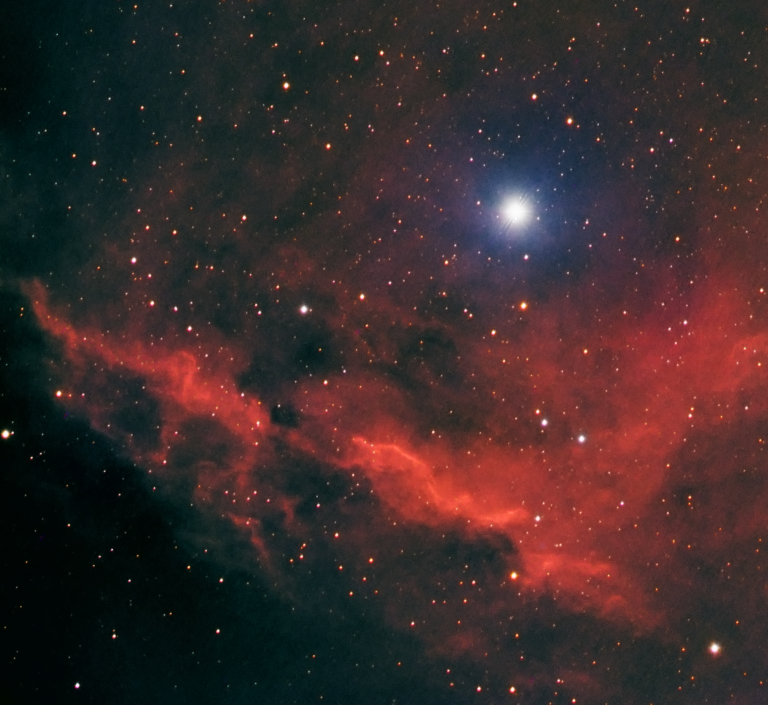
Just an obscure little cloud of hydrogen.
This nebula goes by the unassuming name of SH2-9. It’s part of a larger complex of clouds known as the Rho Ophiuchi complex, but you don’t often see people focusing on this part of it. It’s a challenge to image from my location, as it’s very low in the sky in a light-polluted direction. There…
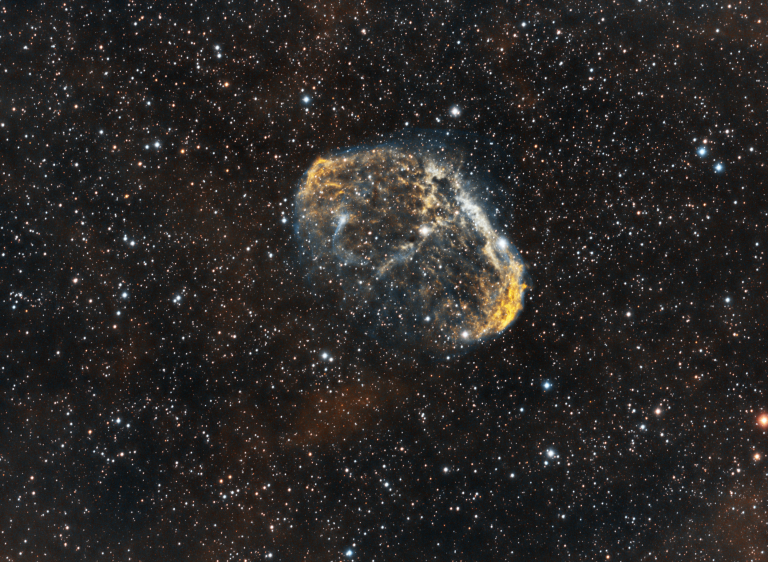
The Crescent Nebula
Like the Bubble Nebula, and Thor’s Helmet, this is formed by the fast stellar wind of the extremely hot star at its heart – which interacts in complex ways from the wind left over from when this star was a red giant. This is roughly 5,000 light-years away. These images were taken over the span…
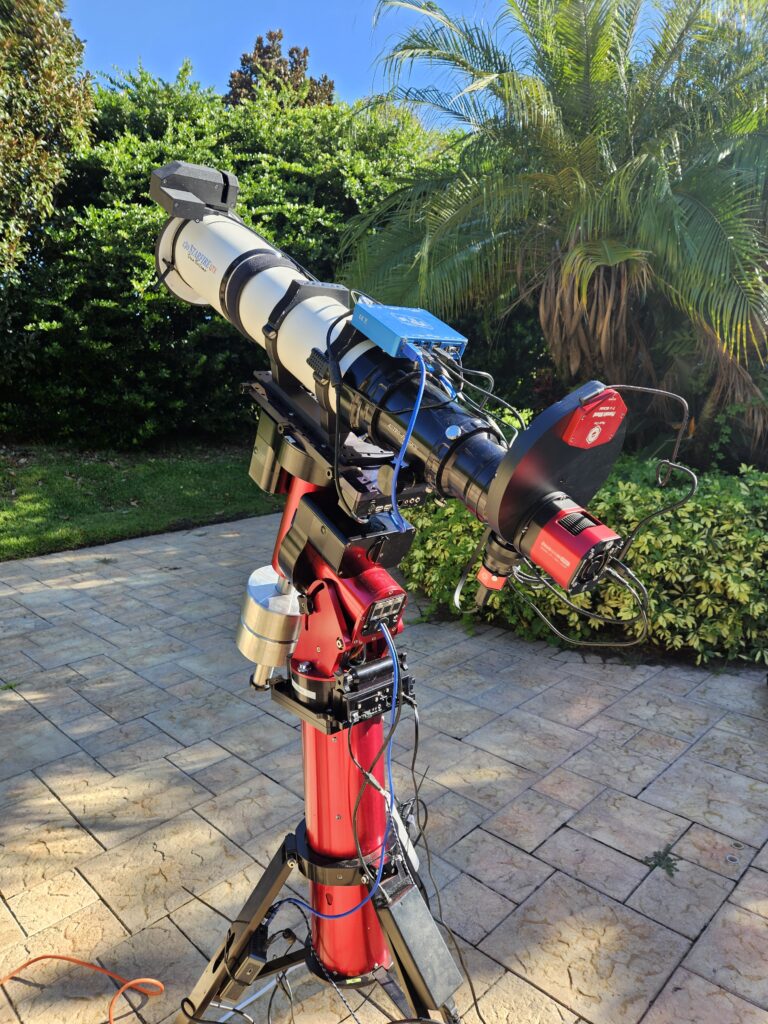
Introducing: Son of Scopey McScopeFace!
There’s a reason I’ve been quiet lately – we sold our house and are in the process of moving to Los Angeles! Also, Florida’s weather hasn’t been terribly cooperative either. The sad news is that we had to leave the observatory behind, and I donated its equipment to the Central Florida Astronomical Society, as LA…
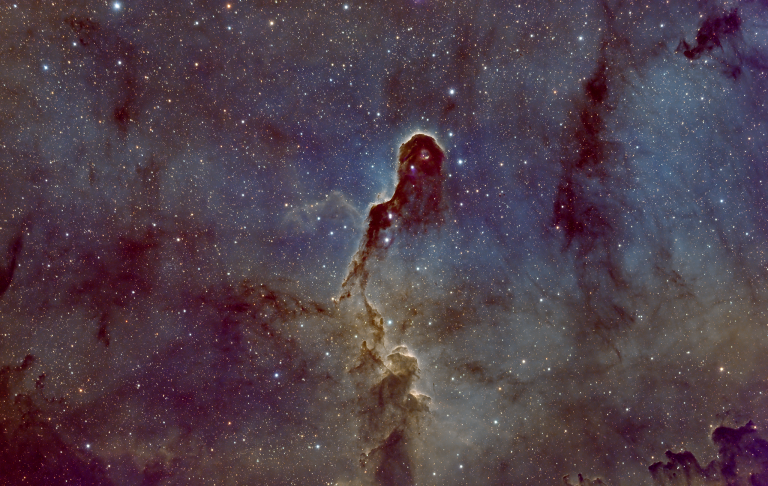
The Elephant’s Trunk
Located about 2,400 light-years away in the constellation Cepheus, the “Elephant’s Trunk Nebula” has a distinct “Pillars of Creation” vibe when viewed as a long-exposure, narrowband image in the style of Hubble. Like the “Pillars of Creation” (the Eagle Nebula,) the Elephant’s Trunk is also an area of star formation, containing some young, newly-formed stars….
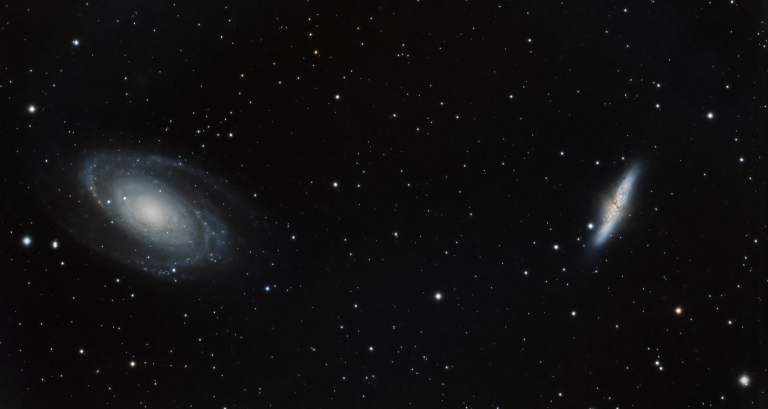
Bode’s Galaxies (M81 & M82)
Johan Bode discovered both Bode’s Galaxy (M81, on the left) and the Cigar Galaxy (M82, on the right.) Look closely and you’ll see many other, more distant galaxies in the background as well.
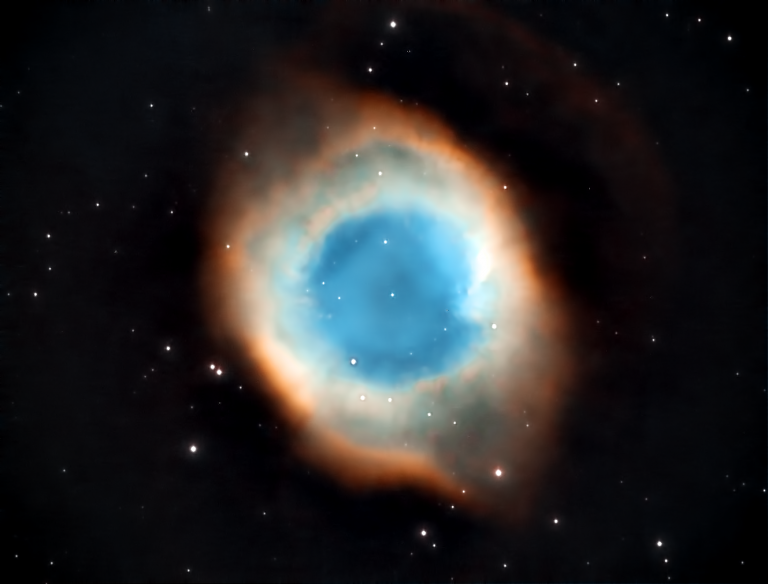
The Eye of Sauron
The Helix Nebula is also known as the Eye of Sauron or the Eye of God.

